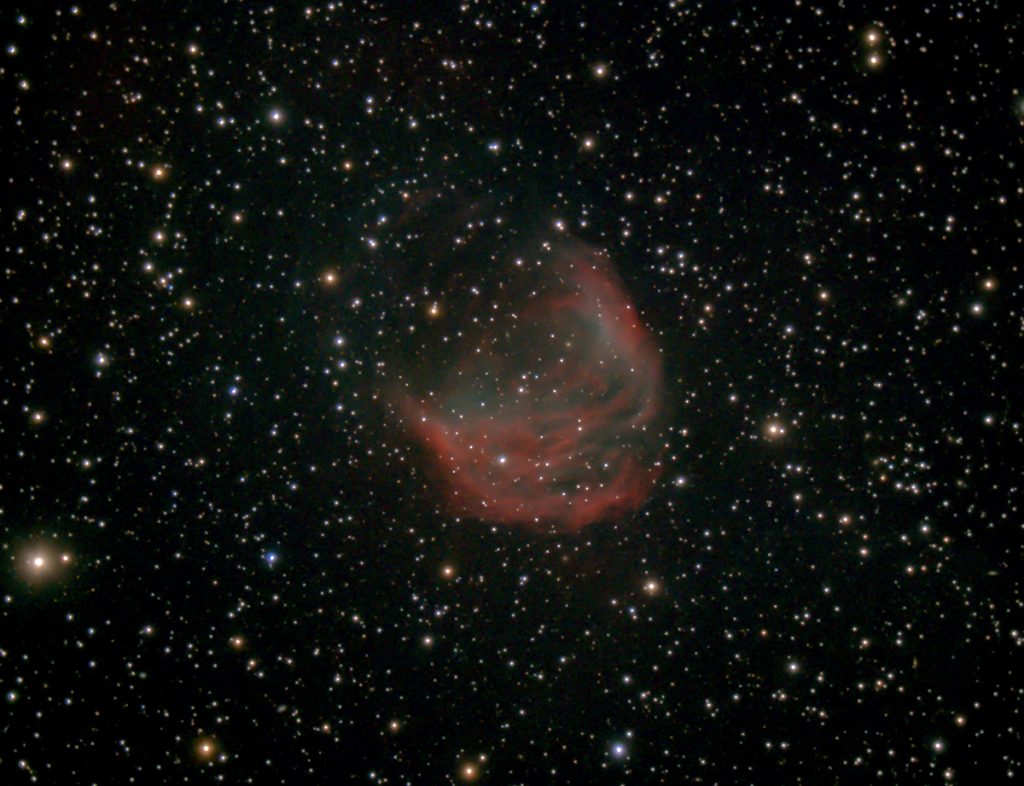Bird migration is picking up nicely. I’m seeing first of spring Bell’s Vireo, Warbling Vireo, Lucy’s Warbler, Wilson’s Warbler, Bullock’s Oriole, and many more. I went out to Valentine Well a couple of nights ago to try some bat photography. That didn’t work out but I did see a Poorwill. Nights are warming up, no longer do I need four blankets! The lack of rain results in very few wildflowers, unfortunately. It is very dry.















































